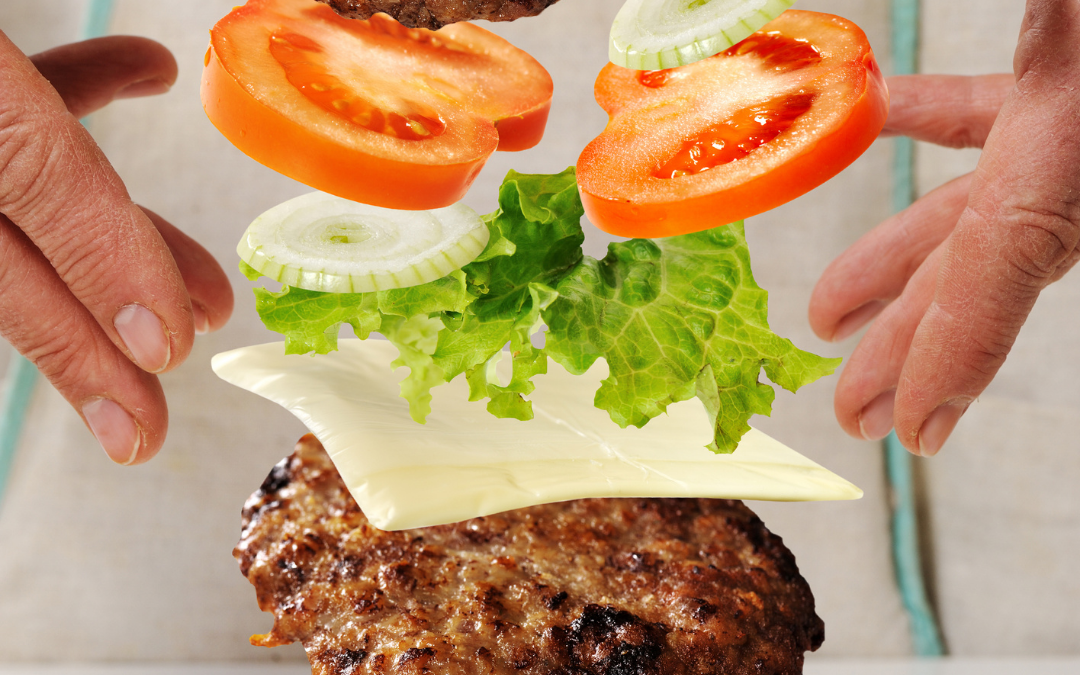This article is part of an ongoing series on the uses for artificial intelligence (AI) in manufacturing, starting with our article introducing machine learning and AI, and their relevance to manufacturing.
This article will cover how AI can be used for product research and development, by allowing manufacturers to run experiments through a low-cost, highly efficient AI system that can let management know which methods will be the most productive.
Many factors go into determining how a product should be made, and AI can be used to make the most of the available resources, along with external demands and restrictions. Implementing AI can be a major key in generating and retaining a high level of efficiency in a manufacturing process, including the trial-and-error of research and development.
Trial and Error Brings Triumph and Excellence
Do you think the McDonald’s Big Mac, as we know it, was the result of the very first experiment at hamburger-creation by its creator, Jim Delligatti?
We would guess not, unless there was a true lighting-in-a-bottle inspiration where the hamburger genius Deligatti saw the Big Mac in its perfect, final form all at once, middle bun and all.
In most cases, finding the best way to develop a product, be it a hamburger or a desk, is through trial and error. Trial and error are the keys to triumph and excellence, and no one understands that better than manufacturers.
However, in manufacturing, it is also well-known that trial and error can be quite expensive. When running trials to find the best product involves operating a factory with machines and human workers in place, then things can get real costly, real quick.
This is where artificial intelligence, or AI, can come in. If you have been keeping up with us, you know that Findability Sciences offers plentiful AI-powered solutions that can boost manufacturers’ efficiency, from commodity price prediction to demand forecasting.
In short, AI has many uses for manufacturers. An increasingly popular use that has a lot to do with trial and error involves not just AI but augmented reality, or AR, and is a low-cost alternative to the more costly trial and error involving running the factory to experiment with product development.
It is AI-based research and development, which is focused on running virtual hypotheticals that predict and identify the best ways to use a company’s resources to develop products.
AI and AR is the Perfect Match
Historical data about the production history of a certain product, both in your own factory and outside of it, will be used by an AI agent to figure out the core features of a product, and the average parameters that a product needs to fulfill.
The specific details of your own factory will be used to figure out the restrictions and possibilities that your unique circumstances are defined by. Not every factory is built the same, or employs human workers with an identical method of working, so knowing the data about these aspects of your operations is quite important.
What is then done is that multiple simulations are created to show the many different ways in which you can use a product, showing you the level of quality that you can achieve across varying levels of costs and resource usage.
Not only do these simulations show you the benefits from multiple methods of labor and resource allocations, but they can also predict any possible problems that may spring up as well.
For instance, if you produce plush teddy bears, and want them to be heavier than you have previously been making them, then the AI-powered simulation could identify possible slowdowns that come from having to stuff that much more in each teddy bear.
Overall, AI and AR go together exceptionally well, and have a range of uses for manufacturers.
Previous Articles in Our Machine Learning for Manufacturers Series:


Recent Comments